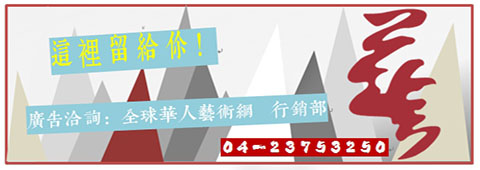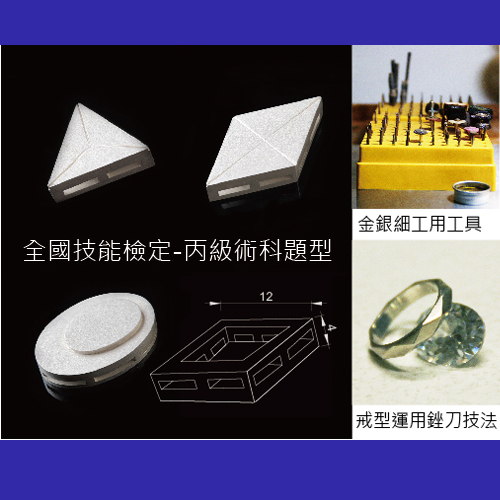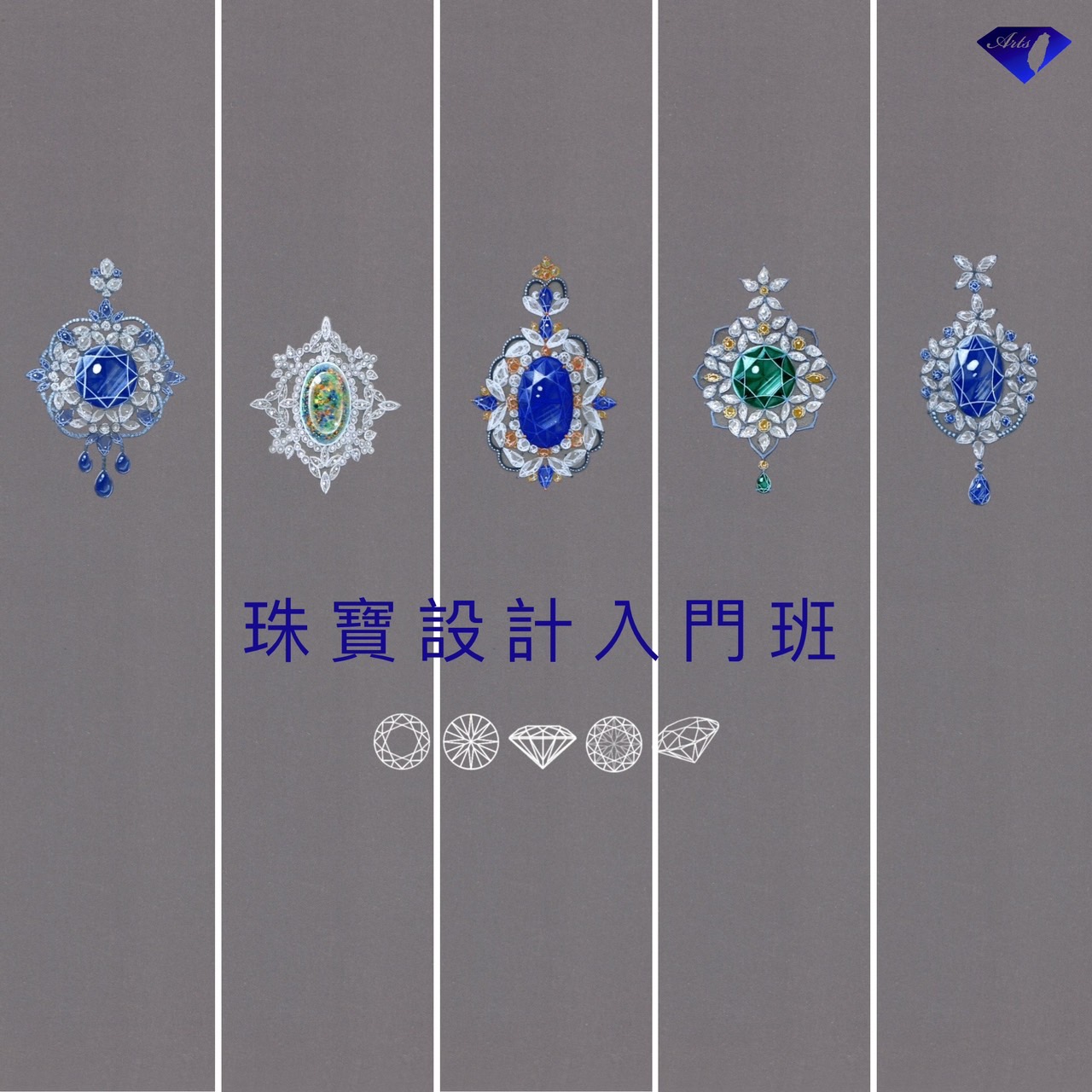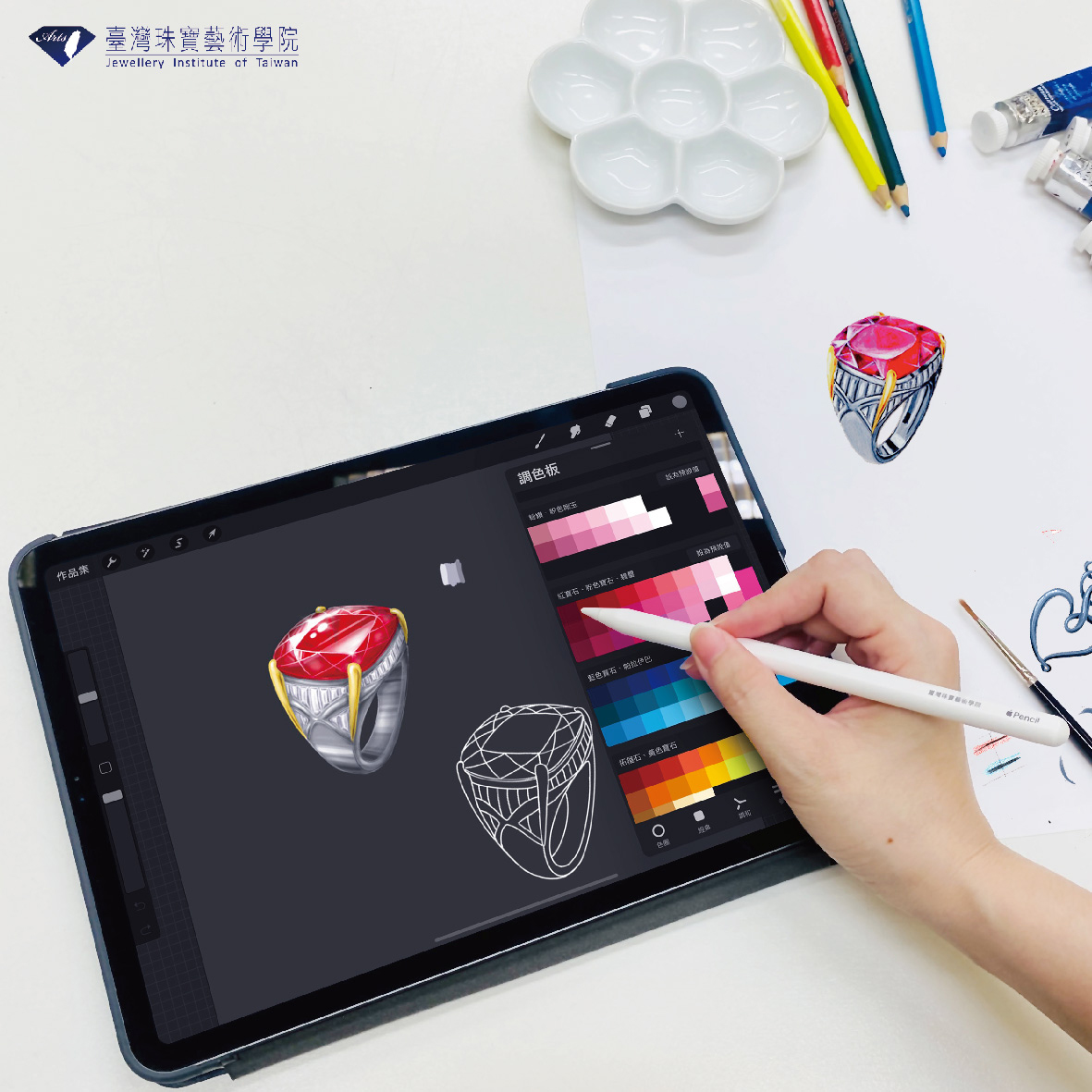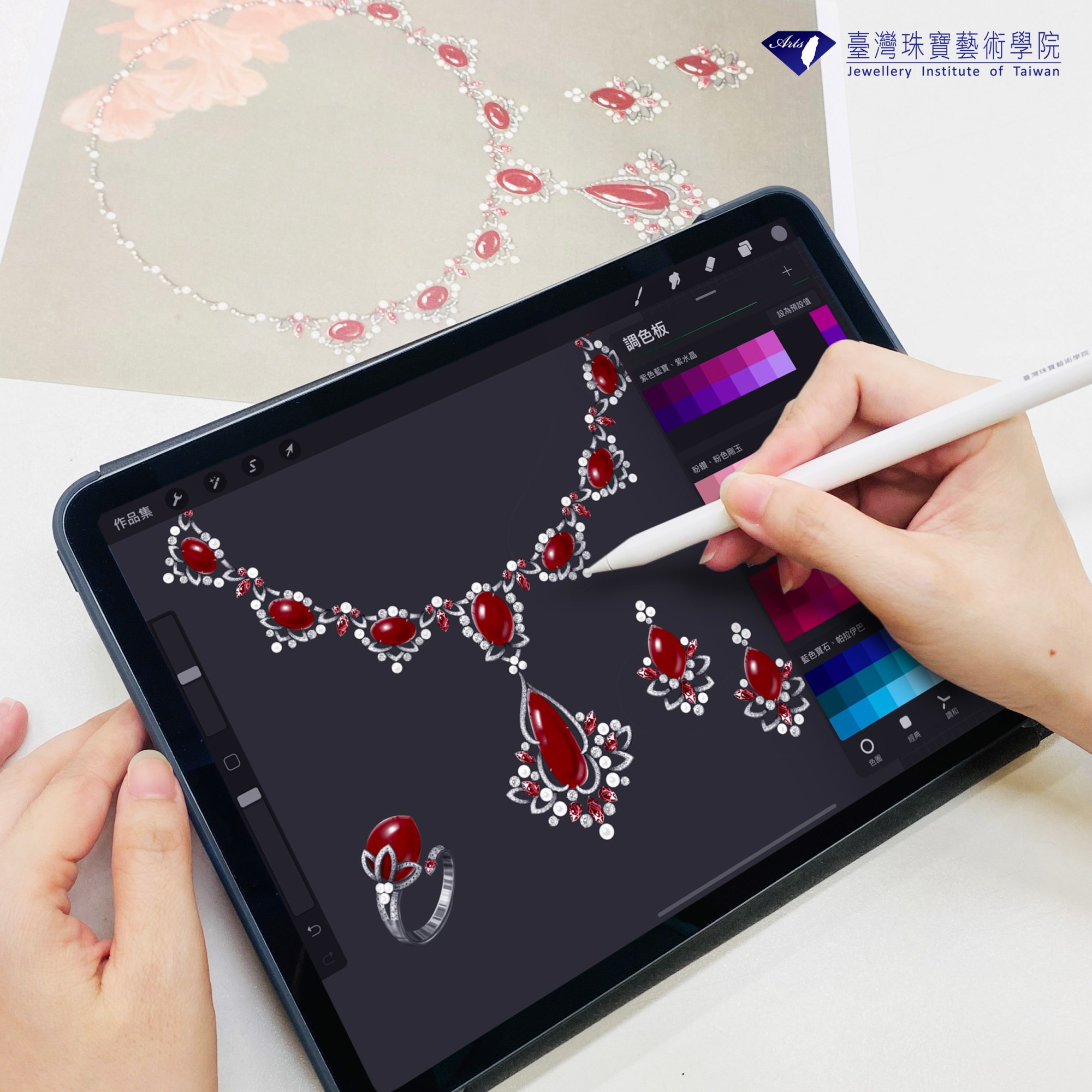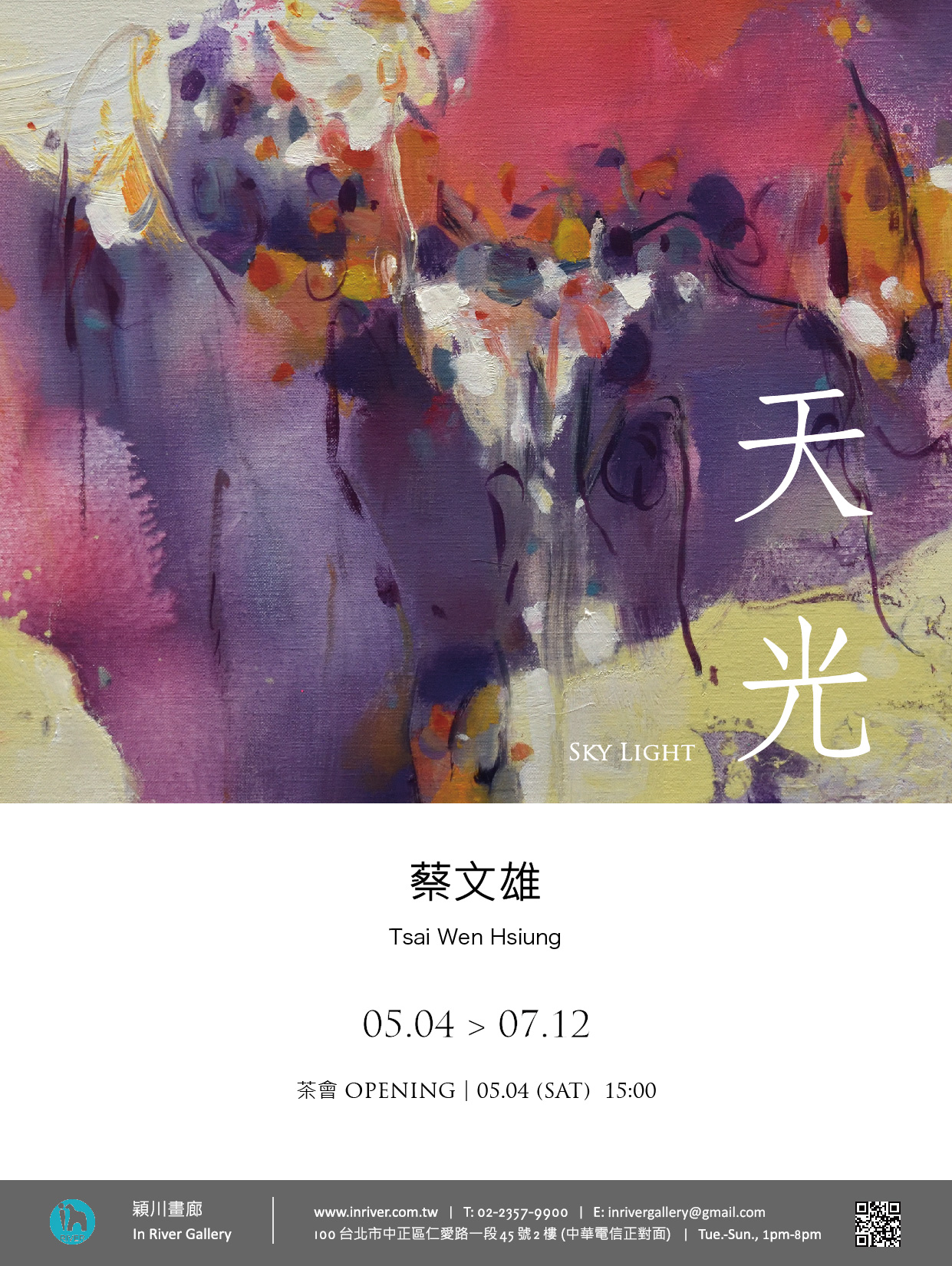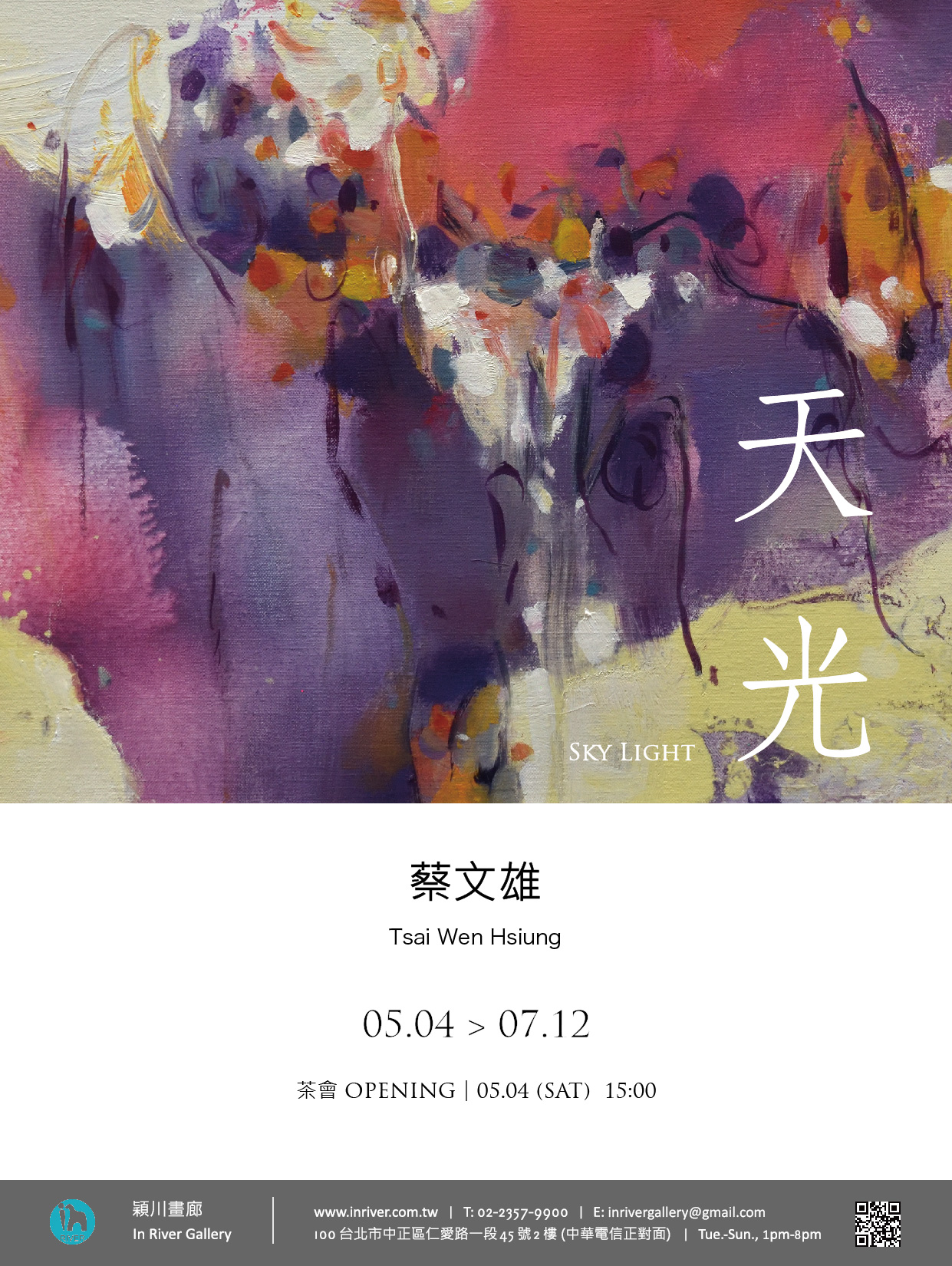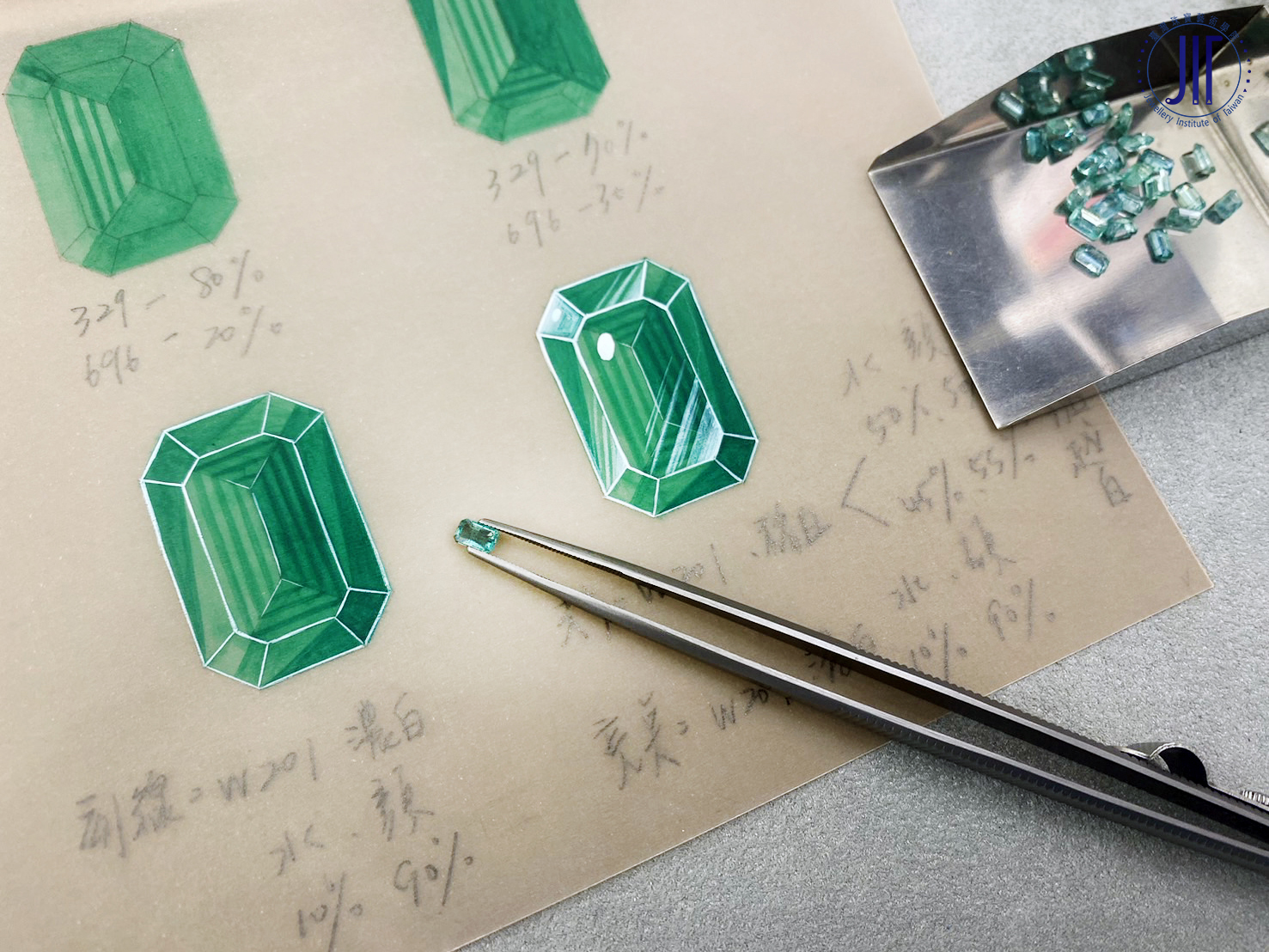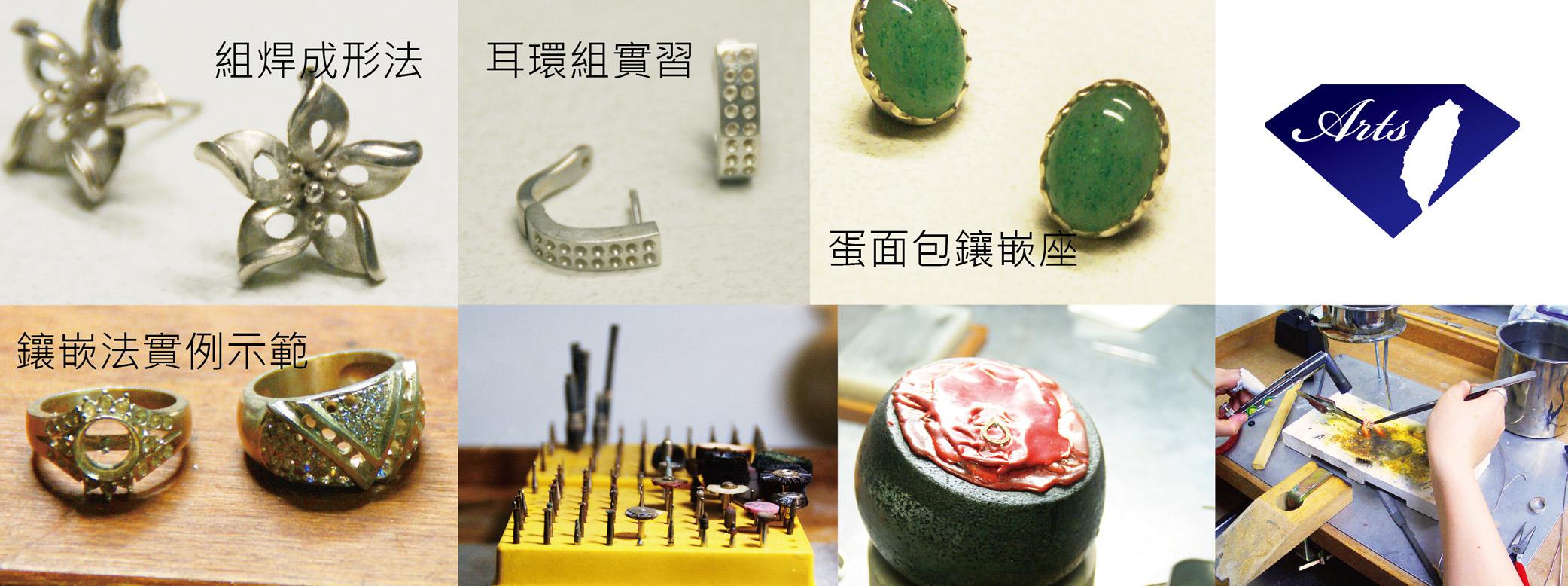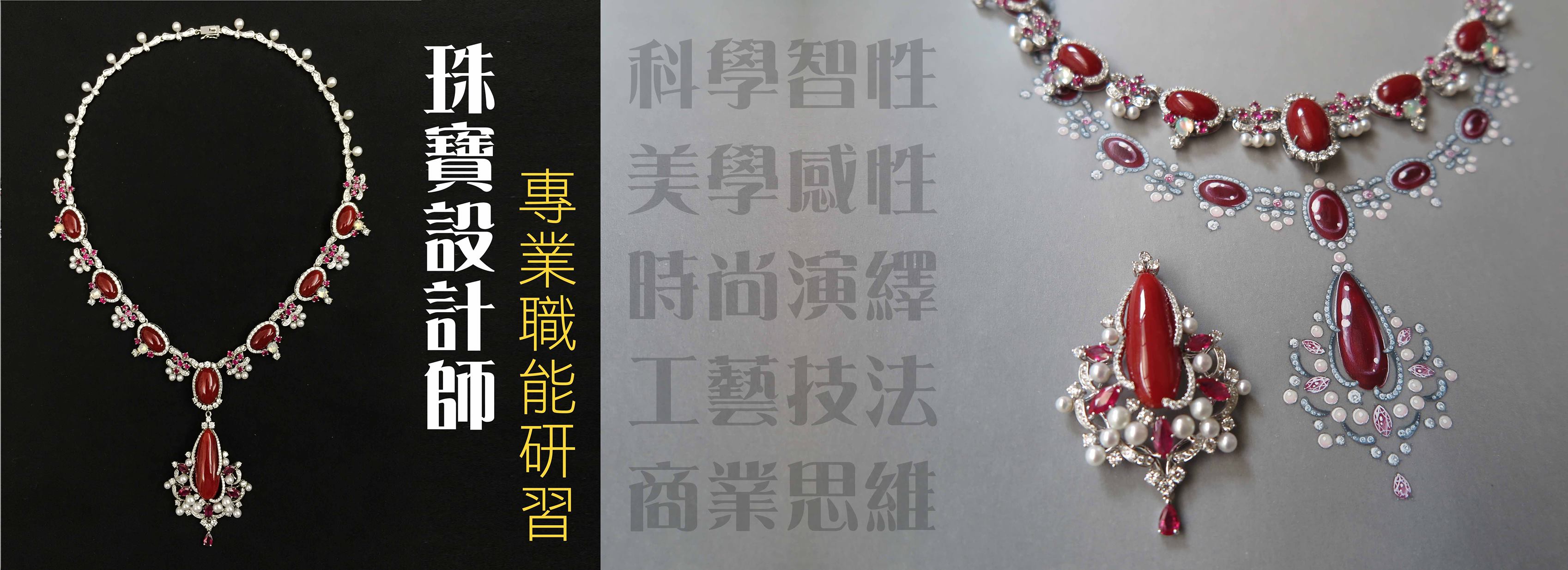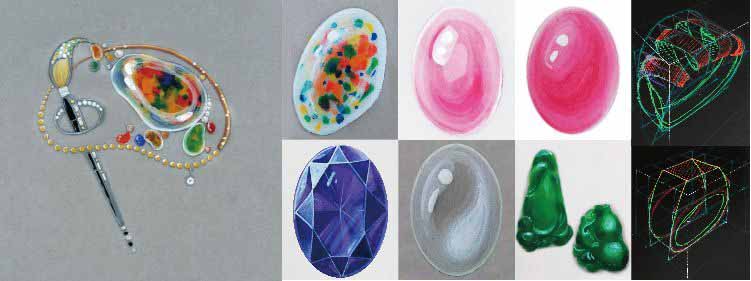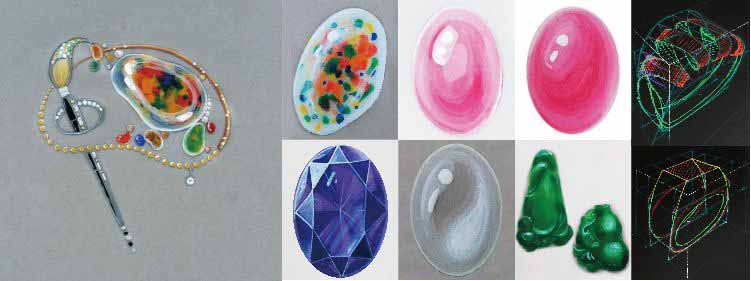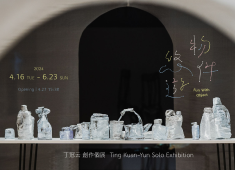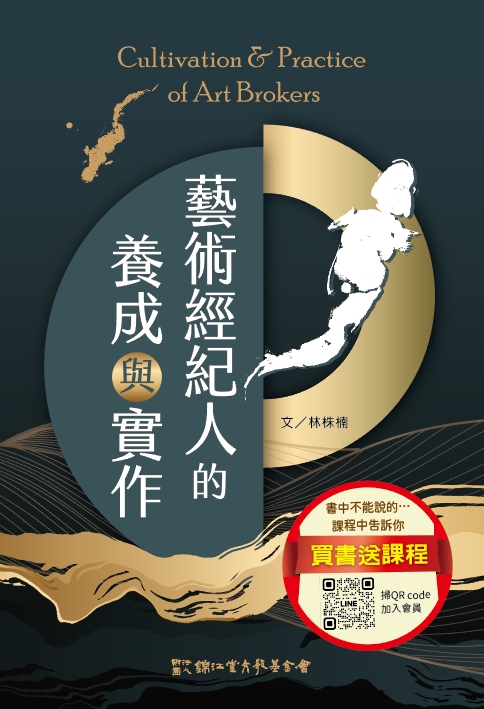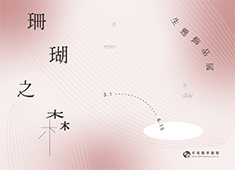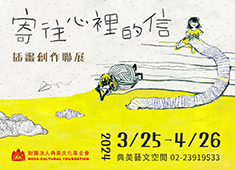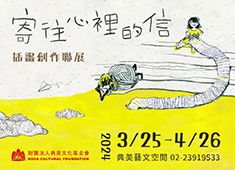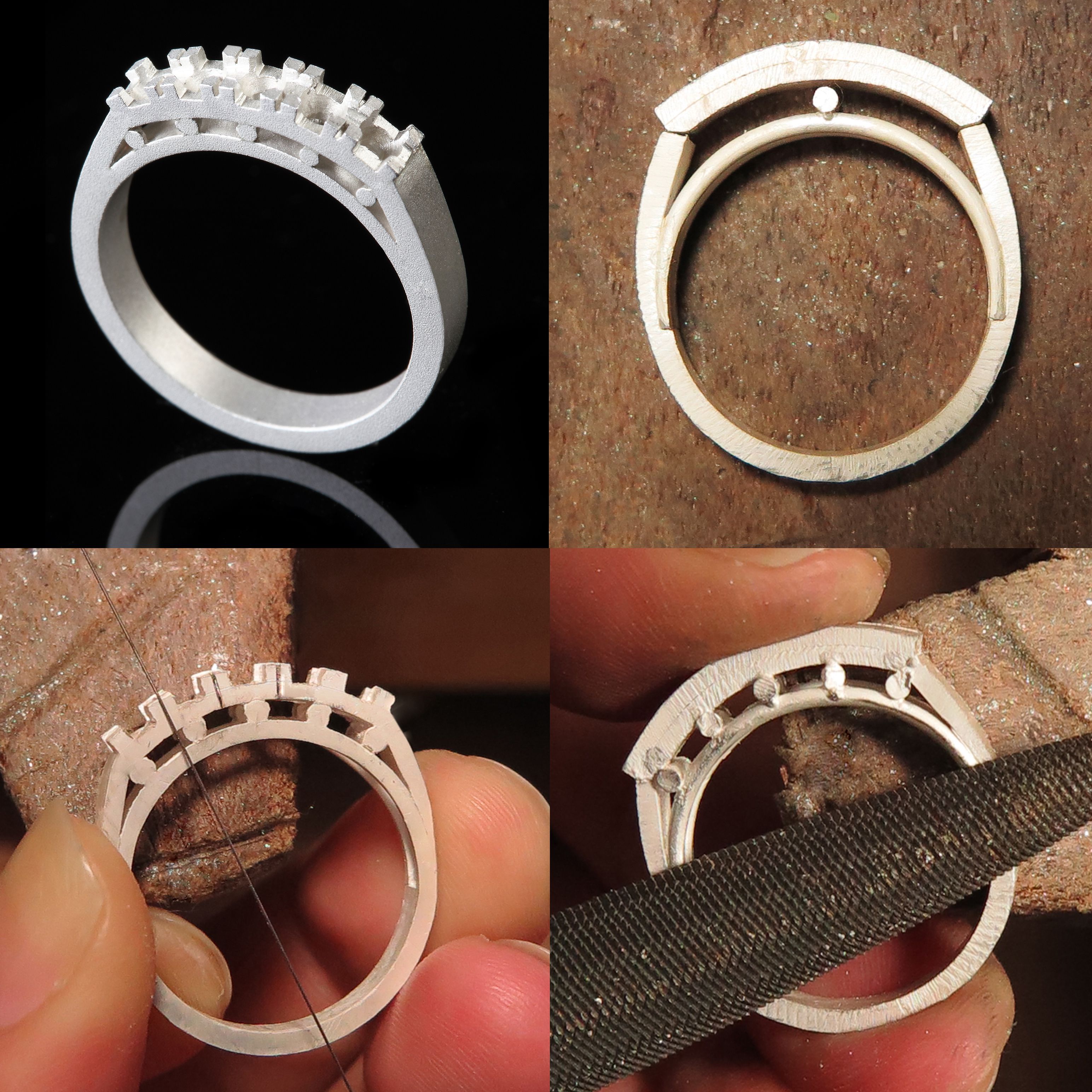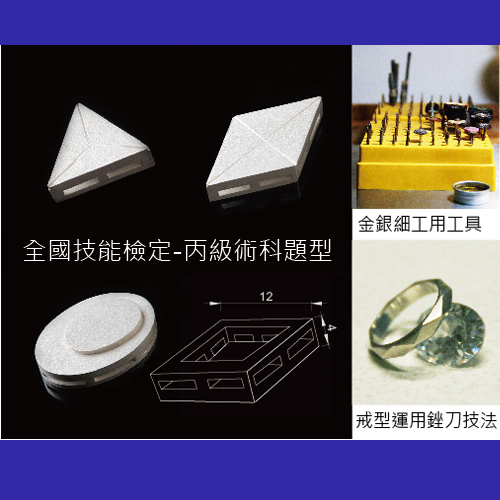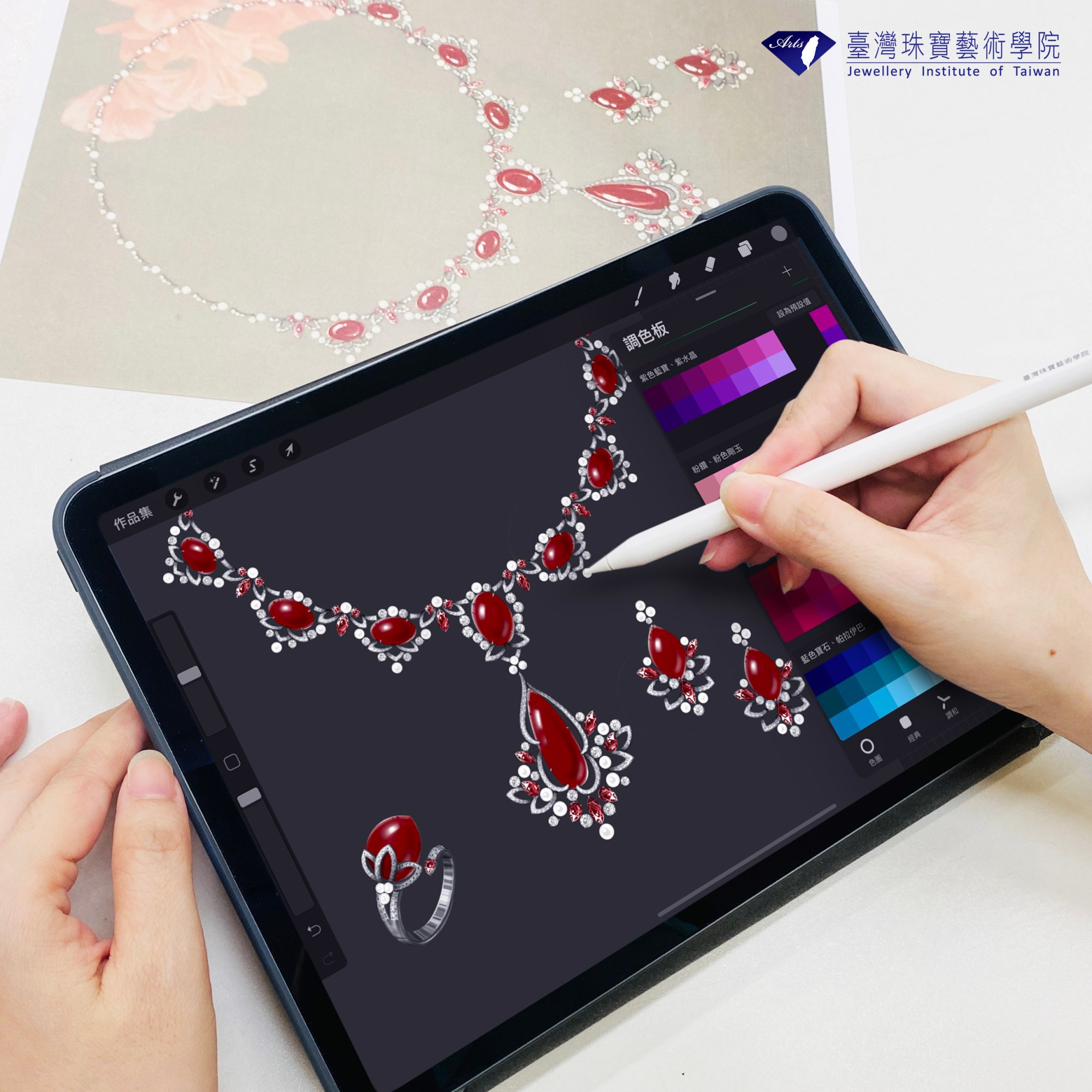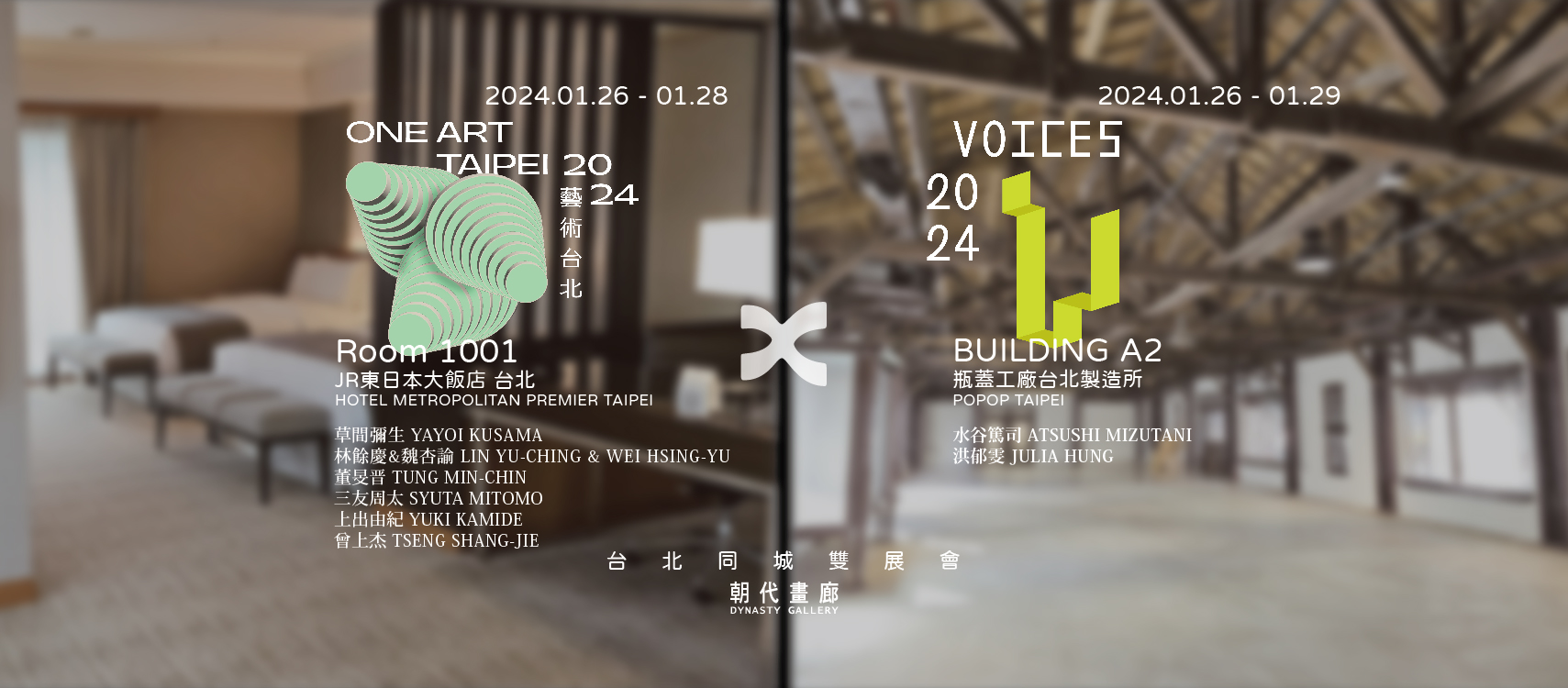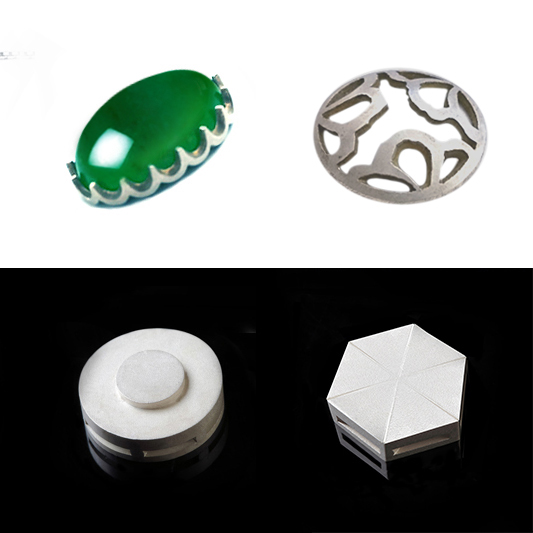谷公館當代藝術有限公司
台北市松山區敦化南路一段21號4-2樓
裝飾中的修辭-贖罪
匡峻
Decorative Metaphor –Atonement
KUANG JUN
展覽日期:2014年12月6日(六) 至2015年2月8(日)
開幕日期:2014年12月6日(六)下午三時至六時
Exhibition date:6 December, 2014 –8 February, 2015
Opening date:6 December, 2014, 3-6 pm
關於展覽
谷公館很榮幸宣布匡峻於台灣的首次雕塑個展《裝飾中的修辭-贖罪》。展覽為匡峻(UNMASK團員之一)2014年的新作,共三組作品組成:《裝飾中的修辭-贖罪》、《允許為人-2》、《小燕子》。延續在UNMASK團體在雕塑作品中,對視覺語言及觀念的討論,匡峻首次的個人展出,更多的部分是著眼現代社會中的自我與時代建構的描繪。
三組雕塑作品的媒材,無論是從過去標準化共產時代被拆遷廢棄房屋拆下的鐵窗、現成的木製房樑或門框,或是創作的人型銅雕,匡峻都在創作的過程中使用了「破壞」與「修復」的動作。《裝飾中的修辭-贖罪》撿拾了老鐵窗框,用銅以雕塑手法再將破碎的玻璃拼湊,或用彩繪玻璃鑲嵌;《小燕子》碳化木製化的門框與房樑後包裹紫銅,再將木碳挖出製成垂地的燕子形象;《允許為人-2》使用了古典雕塑語言的人像和檯座,採用古代審美中銅包鐵的工藝,在形象上、材質上、工藝技法上、展示呈現上選擇古典的形式,卻在身體幾處位置鏤空處理,讓新與舊、華麗與黯淡共存。
這份「破壞」與「修補」因為創作的名義而變得合理。對於過去的某種信仰,如同1957年的電影《護士日記》插曲《小燕子》,春天的到來與信仰,那是對於新生活新建設的熱愛。而反映在匡峻作品裡的小燕子是今日剩下的昨日房樑。「修復」出自對物的尊重,既是正視過去的任性,也是在舊有的基底上重新創造。藝術家在作品名稱的後方,加了「贖罪」一詞,強調創作作品的過程與動機,也是匡峻雕塑作品中最重要的內在心性。匡峻在思考中國社會變遷,現代社會觀察的母題,也同時是藝術家對於雕塑的本質、自我存在的本質與情感、藝術的本質所作的諸多探問。
Michael Ku Gallery is pleased to announce Kuang Jun’s first sculpture exhibition in Taiwan,Decorative Metaphor –Atonement. The show features the artist's latest works made in 2014 and comprises three sets: Decorative Metaphor–Atonement, Allowed to be Human 2and Small Swallows. Extending discussions about visual language and concepts found in sculpture works by UNMASK, the artists group to which he belonged, Kuang Jun's first solo show stresses more on depicting the construction of one's self and of the times in the modern society.
The media of the three sets of sculptures range from iron gratings dismantled from demolished abandoned houses of the standardized communist period, ready-made wood beams or door frames, or bronze sculptures of human figures made by the artist. As diverse as the media may seem, Kuang Jun applies to each work the acts of “destruction”and “repair”in the process of making. For Decorative Metaphor–Atonement, the artist collected used iron gratings and re-assembled shattered glass with copper through sculptural approaches or inlays the glass into mosaics. With Small Swallows, he carbonizes wood door frames and beams, wraps them in purple copper, digs out charcoal and creates images of swallows dragged over the floor. For Allowed to be Human 2, he employs sculptures of humans and pedestals pertaining to the language of classic sculpture and applies the craft of iron wrapped in copper, a technique drawn from the aesthetics of the past. While the artist chooses the classic manner to treat the figures, materials, craftsmanship and presentation of this piece, he hollows out certain parts of the bodies, thus juxtaposing the new and the old, the glamour and the gloomy.In the name of creation, such “destruction”and “repair”are justified. A kind of belief in the past, like the song titledSmall Swallows in the film Nurse Diary(1957) about the advent of spring and the belief in it, it is about passion for new life and new construction. And the Small Swallows reflected in Kuang Jun's work are collapsed beams left from the past. “Repair”comes from one's respect toward objects; this is about the tenacity of confronting the past and about re-creating on the basis of previous bases. The artist attaches the term “atonement”to the end of the title of each work, emphasizing the process and motivation of art-making. This also represents the most essential inner mentality in Kuang Jun’s sculptural oeuvre. Kuang Jun reflects on the transformations of Chinaese society; the motif of observing modern society also implies the artist's inquiries into the nature of sculpture, the essence and feeling of one's existence and the essence of art.
關於匡峻
匡峻,2002年畢業於北京中央美術學院雕塑系,畢業後以團體UNMASK共同創作展出結合雕塑與設計概念的作品。2014年12月於台北谷公館,匡峻首次以個人名義在台灣舉辦個展,其作品有延續UNMASK時的美學思考,也有自我探尋的議題。UNMASK曾獲2007年AAC藝術中國年度青年藝術家獎,作品有古典雕塑的訓練基礎,在此之上不斷嘗試新的表現上與創意概念。2006年首次個展《UNMASK 2002-2006》即以破碎人像雕塑《半透明》系列提出一個新一代雕塑方式。此後,2009年《零度》(0°—UNMASK 2009)則更進一步在雕塑上運用材質混搭,創造出新的語言。2011年個展《血拼-shopping》,則用誇張戲謔的題材與造型,直指消費社會中荒誕的、瘋狂的、不惜一切代價警示與批判。2011年《閃存》在造型的遊戲上更上一層,在人與獨角獸的形象之間取得了一個介於虛幻與真實、古典與當代的漂亮平衡。
Kuang Jun was graduated from Department of Sculpture, China Central Academy of Fine Arts in 2002. He participates in UNMASK with works combining sculpture and design concepts. His first solo exhibition in Taiwan will be held in Michael Ku Gallery in December 2014. These works continue aesthetic aspects in UNMASK and dive into self exploration.
UNMASK receives AAC Chinese Annual Young Artist Award in 2007. Its works explore new presentation and creative concepts based on classic sculpture training. The first exhibition,UNMASK 2002-2006, in 2006 proposes a next-generation sculpture model with fragmented figure Translucent series. 0°—UNMASK 2009 further creates new languages with mixed materials in sculpture. The 2011 exhibition, shopping, criticizes extravagant and ridiculous consumerist society with exaggerative topics and forms. Flash Memory in 2011 strikes a perfect balance between fantasy and reality, as well as classic and contemporary.
關於谷公館
谷公館Michael Ku Gallery,坐落在臺北市中心,成立於2008年的MICHAEL KU GALLERY,是臺灣少數有著美術史背景訓練的畫廊業者,每檔展覽Michael Ku皆親自策展並撰寫展覽文字。從開幕到現在一系列有規劃地介紹新生代優秀藝術家,成為一個清晰的脈絡體系的結合。並以文化推廣的角度,為畫廊創造一種具備獨立精神與人文深度的視野,探討在作品表面的背後的另一層次意境。
Michael Ku Gallery was founded in 2008 in Taipei as one of a few galleries with solid art history background. Mr. Ku curates the exhibitions and also composes related texts. The exhibition program involves both established and new Asian artists. In the past few years, we have introduced many Chinese, Japanese, and Indonesian artists to Taiwan market with solo exhibitions including Wei Jia, Jia Aili, Hu Xiaoyuan, and Ay Tjoe Christine. We are the first gallery in Taiwan to gather this group of exceptional young artists for discussion and exhibition. Meanwhile, the gallery thrives on a solid foundation in humanism, as it promotes Taiwanese artists including aesthetician Chiang Hsun, as well as some emerging younger generation installation and video artists.


